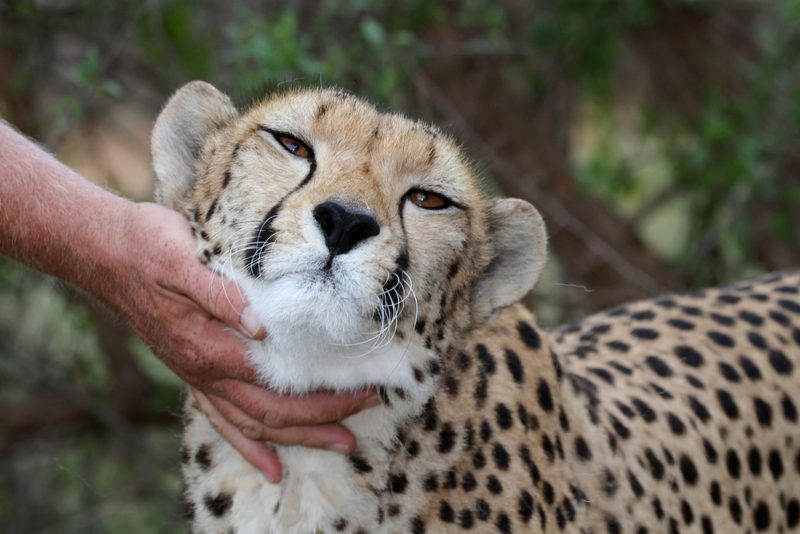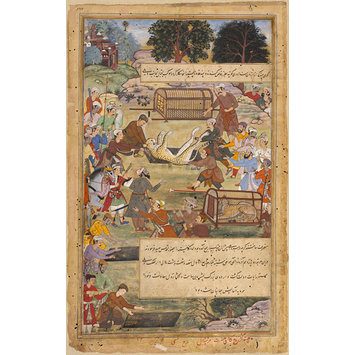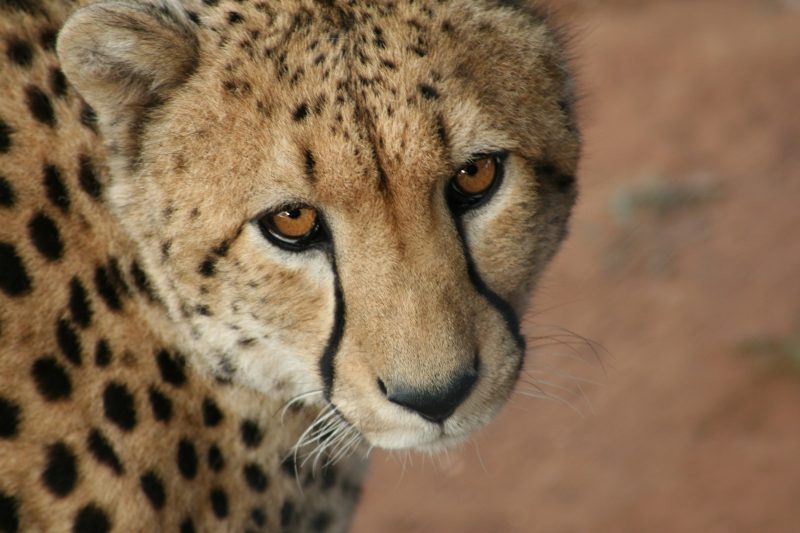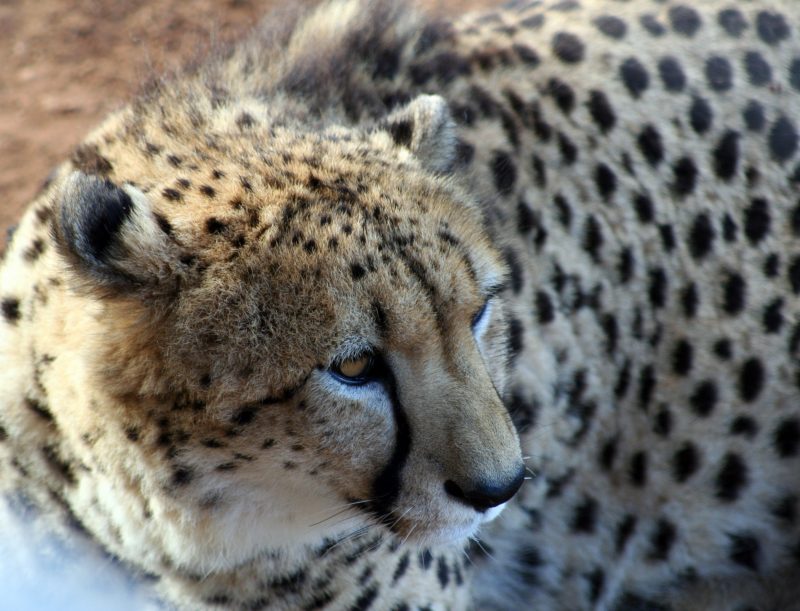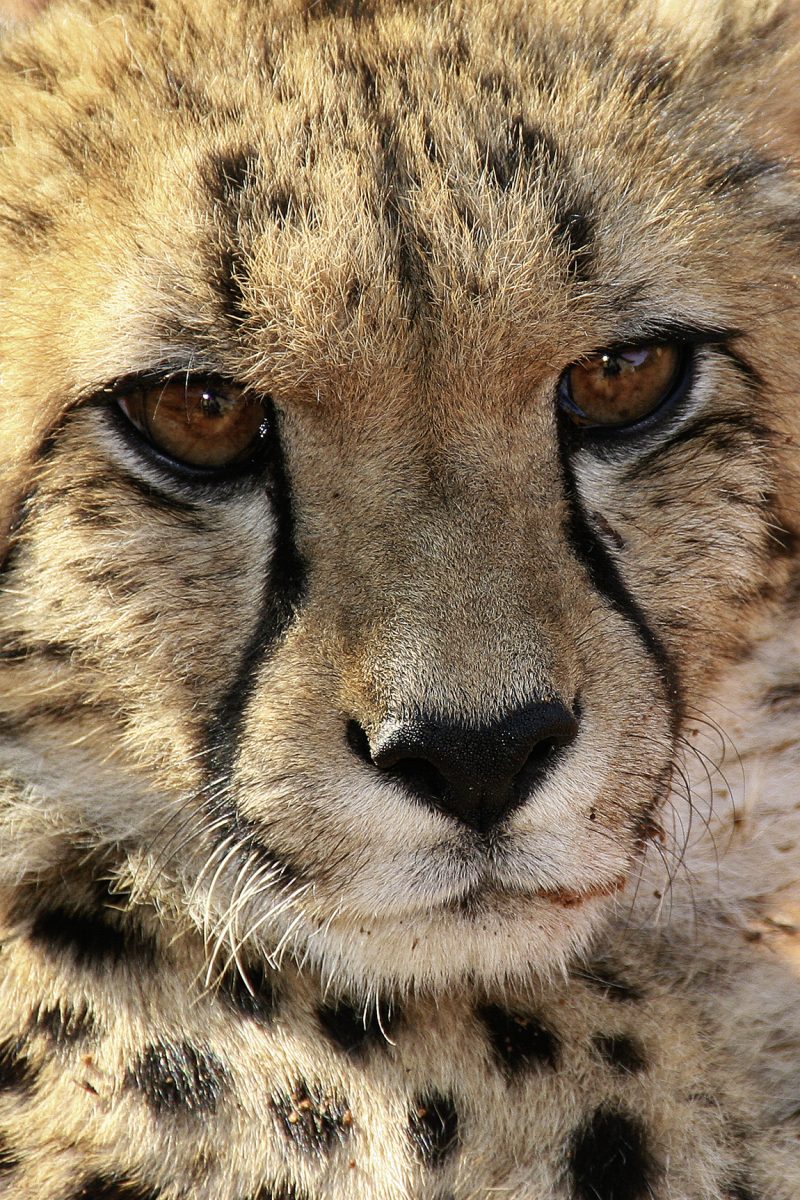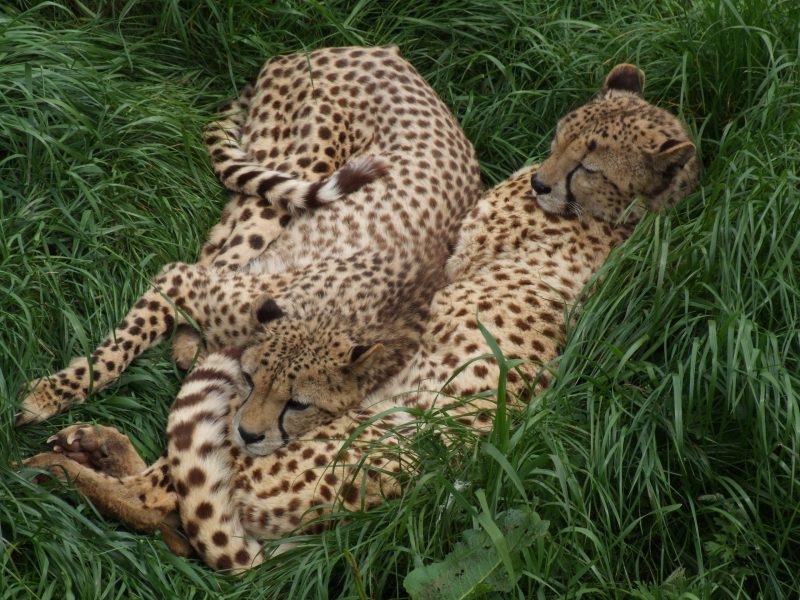Cheetahs In Ancient And Modern Days
Anybody involved in the study of cheetahs, the fastest sprinter in the world, would readily agree that pet cheetah is not a new phenomenon. Human beings have been keeping cheetahs not only as pets but also for various other reasons for thousands of years. Historical records indicate that Persian and Egyptian royalty often kept them in their palatial courts. As a result, cheetah dealers, trappers, and tamers were well paying jobs. But those times when cheetahs roamed abundantly in the African prairies and jungles have changed. Various factors brought on by both nature and humans have negatively affected its population numbers.
Cheetahs in antiquity
During the 16th century, Akbar, who was an Indian Mughal ruler, owned 30,000 cheetahs during his 49-year regime, and this is more cheetahs than in the wild today. During the 17th century, they were allies to humans, particularly in the war field. People in the ancient times believed that cheetahs could carry the spirit of a dead person much faster than it would otherwise take to get to the afterlife. Besides superstitious beliefs and keeping them as pets, kings, emperors, and pharaohs usually wore their fur. Consequently, cheetah dealers poached, killed and skinned them to make beautiful coats for these royalties. Cheetahs were also the companions of the high profile and the rich because they are a status image among the wealthy. Historically, people kept cheetahs as pets not only for these reasons but also because they thought spending time with these beloved animals was a fun activity.
Taming of cheetahs
Cheetahs show no hostility towards people due to their highly friendly nature. Presumably, this might be the reason why in ancient times people managed to tame and train cheetahs as hunting companions. As a consequence, capturing these animals started increasing even among lay people. Legendarily, Sumerians were the first able cheetah tamers. The first phase of taming lasted several weeks, during which they tether the animals so that they get friendly with humans. The next step included tempting them with food by slaughtering animals in front of them to stimulate its hunting instincts. After the taming process which lasts for one year, it was ready to hunt without hurting the owner.
New generation cheetahs
In more modern times, American celebrities like Josephine Baker and Phyllis Gordon traveled with cheetahs back when the rules were looser. Sometimes these feral cats helped hunters in the Middle Eastern and African countries. More recently, they are kept as pets by some rank and file rich people in the Arab Gulf states as well. A cheetah riding shotgun in the leather seat of a luxury car in the Middle East is the ultimate status symbol. The cheetah owners pose them next to sports vehicles with suicide doors, walk them on leashes, photograph them lounging at the prow of a yacht or let them frolic with their children.
Driven to extinction
Since the past century, cheetah numbers have decreased by 90%, with only 7,000 left in the wild. Cheetahs are dangerously close to being endangered and are a vulnerable species. Their numbers have dwindled because of the thriving black market that is worth billions of dollars. Habitat and food loss, as well as fragmentation, are some of the factors contributing to the mass decline of the cheetah. Also, cheetahs are victims of the conflict between wildlife and human encroachment. Concurrently, cheetahs are being captured by land owners and farmers when they become a threat to the livestock and crops. Cheetahs are also targets of Illegal wildlife trade, poaching of cubs and trophy hunting. In addition to these threats, the growing pet cheetah trade is also a formidable foe that harms its population numbers. While the pet trade is by no means the dominant or the only threat that the cheetahs face, removing any animals from the already declined populations could bring a significant adverse impact. Moreover, the cheetahs belong in the wild. They are not domesticated pets.
Rewarding pet relationship
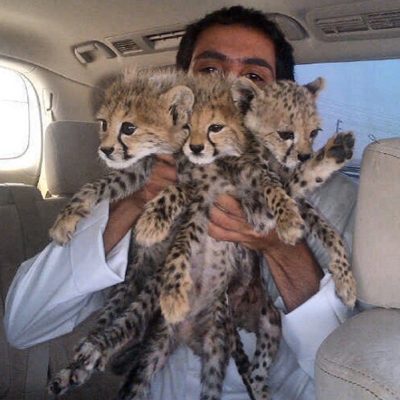
Obeying regulations and taking precautions can establish a rewarding pet-owner relationship Source: Cheetah Conservation Fund UK
While it is certainly fun to raise a cheetah as a pet, obeying regulations and taking precautions can establish a rewarding and fulfilling pet-owner relationship. Following the local and state laws is the number one consideration to make. Cheetahs have natural instincts that make them unpredictable. Hence, it is prudent to exercise caution while handling them. The living facilities should have ample space as cats can be very destructive due to their sharp teeth and claws. Find a local veterinarian as health and medical care is essential for its well-being. Also, the vehicle used to transport the cheetah to the vet must be appropriate if the vet cannot make house calls. Besides, cheetahs consume massive amounts of raw meat daily, and this can become quite expensive. So, the owner should look into the financial feasibility before owning a cheetah.
Limitations as pets
According to the National Geographic, the life expectancy of cheetahs is 10 to 12 years. But they rarely make it to three years. The extremely poor breeding success makes them unsustainable as domestic animals. Thus, unfortunately, it is not in the best interest of the cheetahs as a whole to keep them as pets.
Alternatives to owning
There are options for people who dream of owning a cheetah. African servals are cheaper and smaller wild cats which resemble cheetahs. They are not a threatened species in the wild and have captive-bred sustainable populations. However, these animals require an owner who is willing to provide an outdoor enclosure in addition to enduring possible house destruction. African servals are legal without special permits in some states, but it is advised to check first with the local city, county, or neighborhood association. Also, there are domesticated cat breeds such as the Egyptian Mau. If everything fails, the best way to experience cheetahs is to volunteer at a zoo.
5 Frequently Asked Questions About Taming Cheetahs
To receive a colourful digibook about cheetah with videos, images and text, please fill out the following form or simply email us on safaris@safari-center.com

